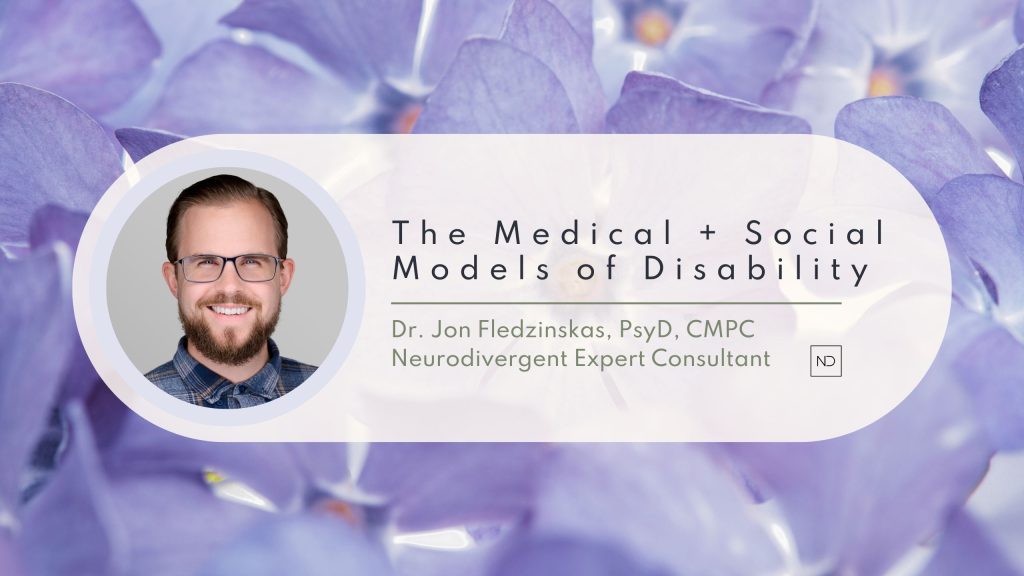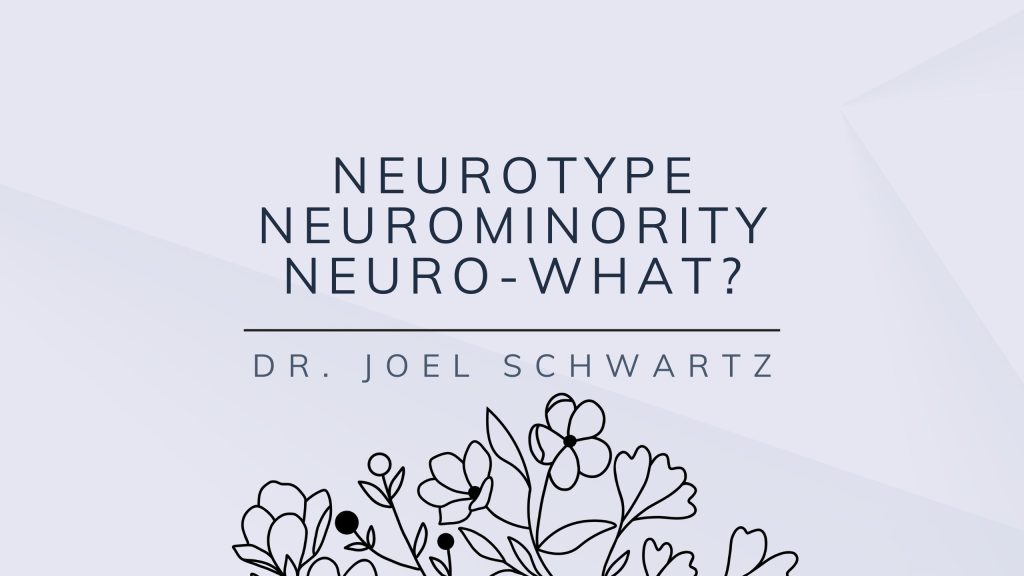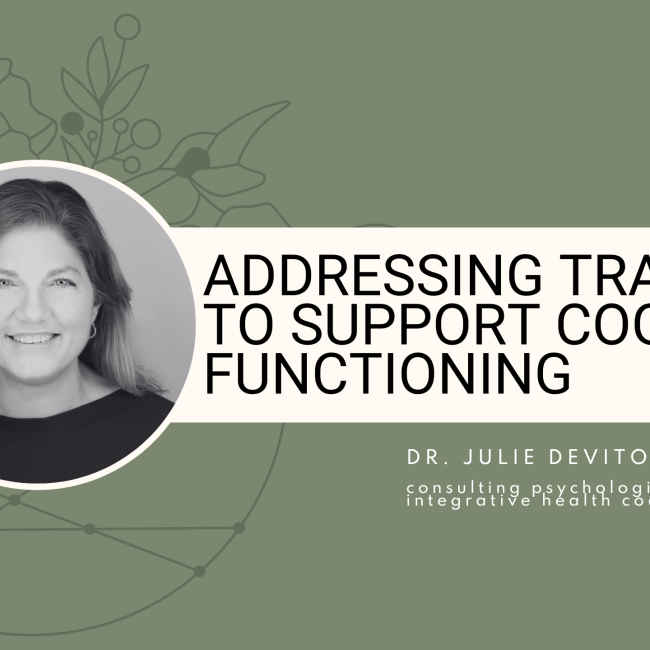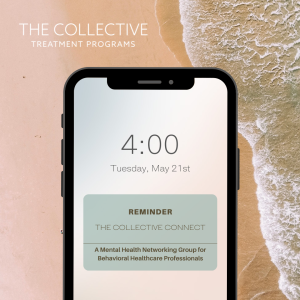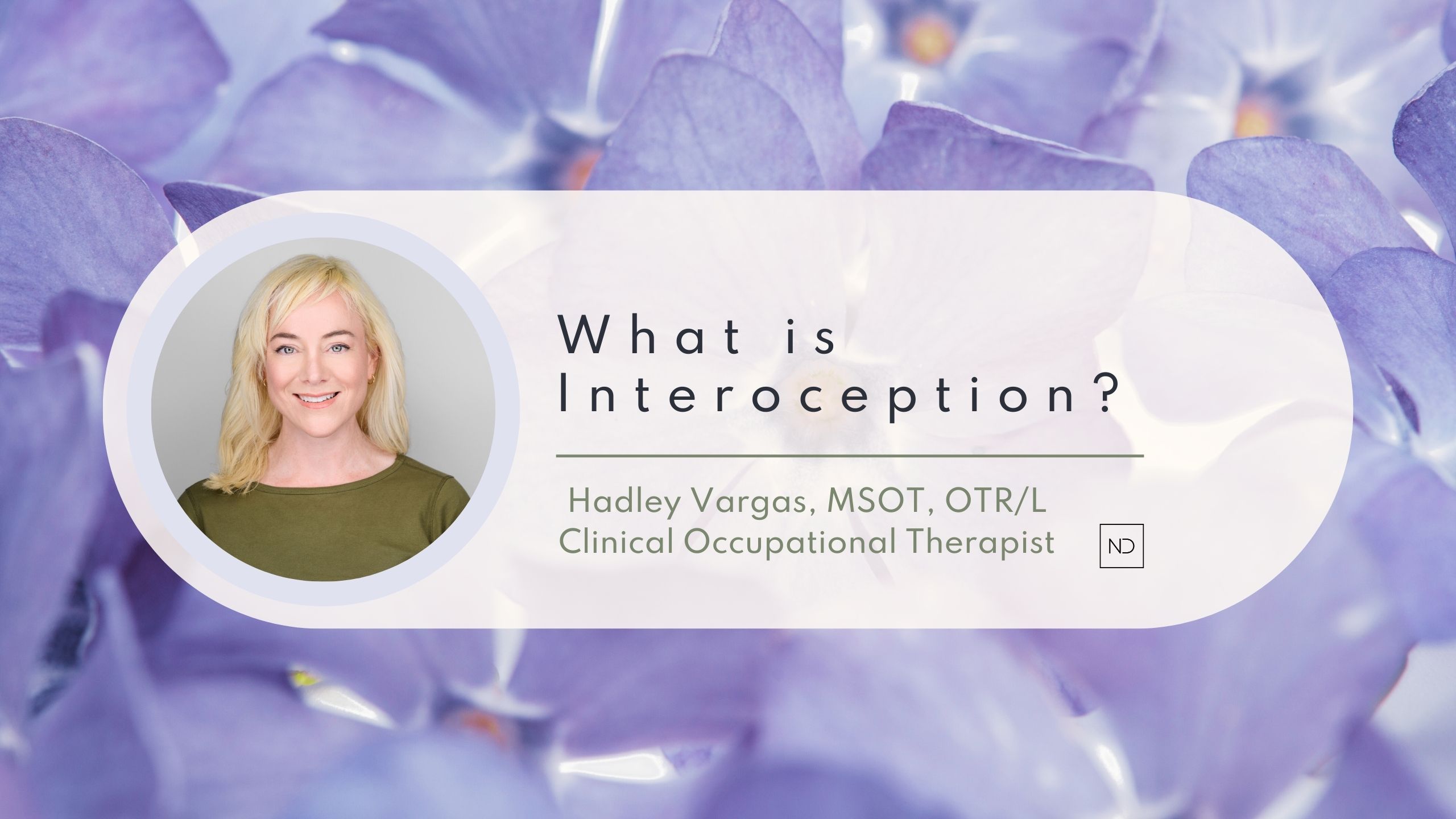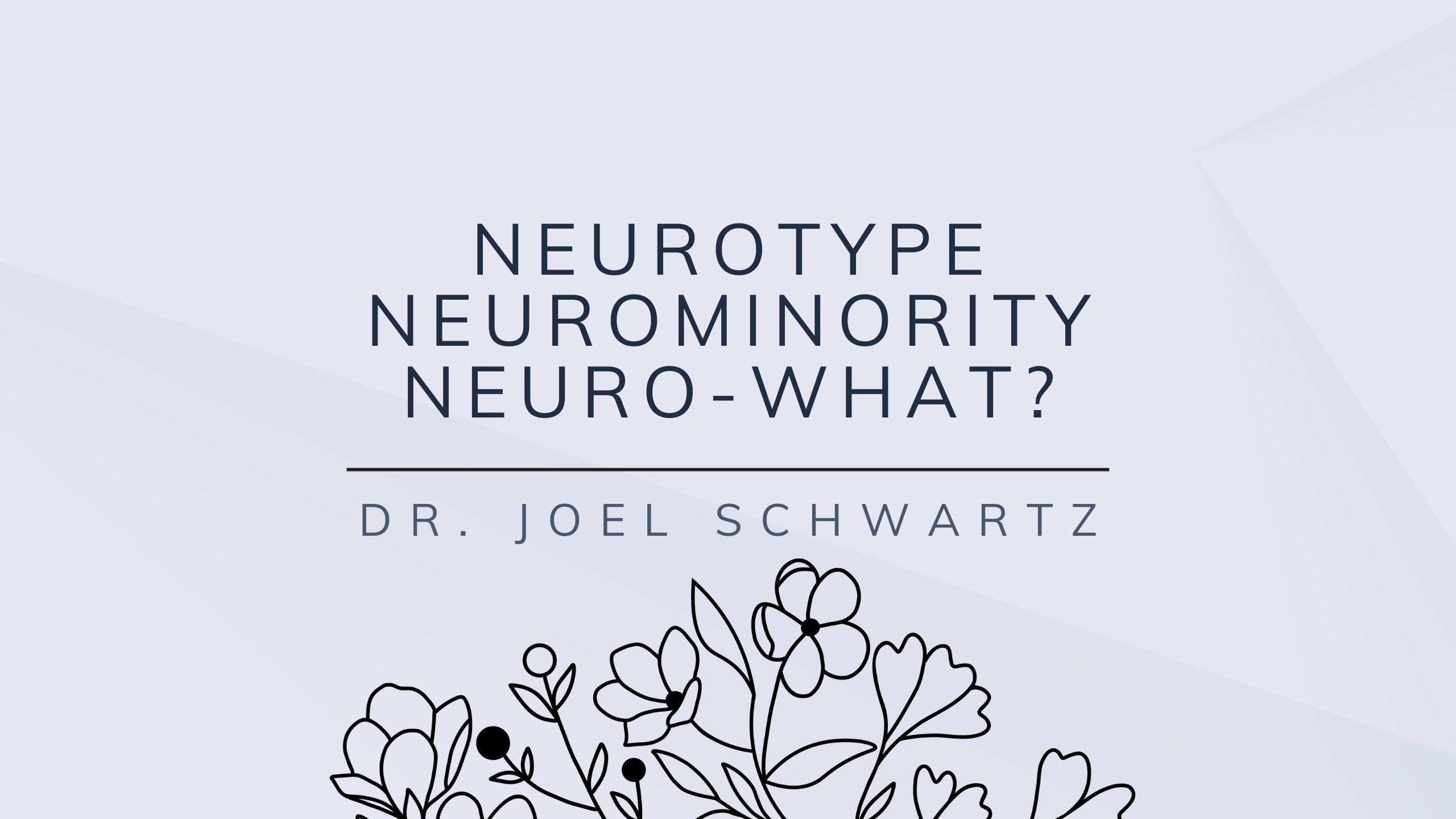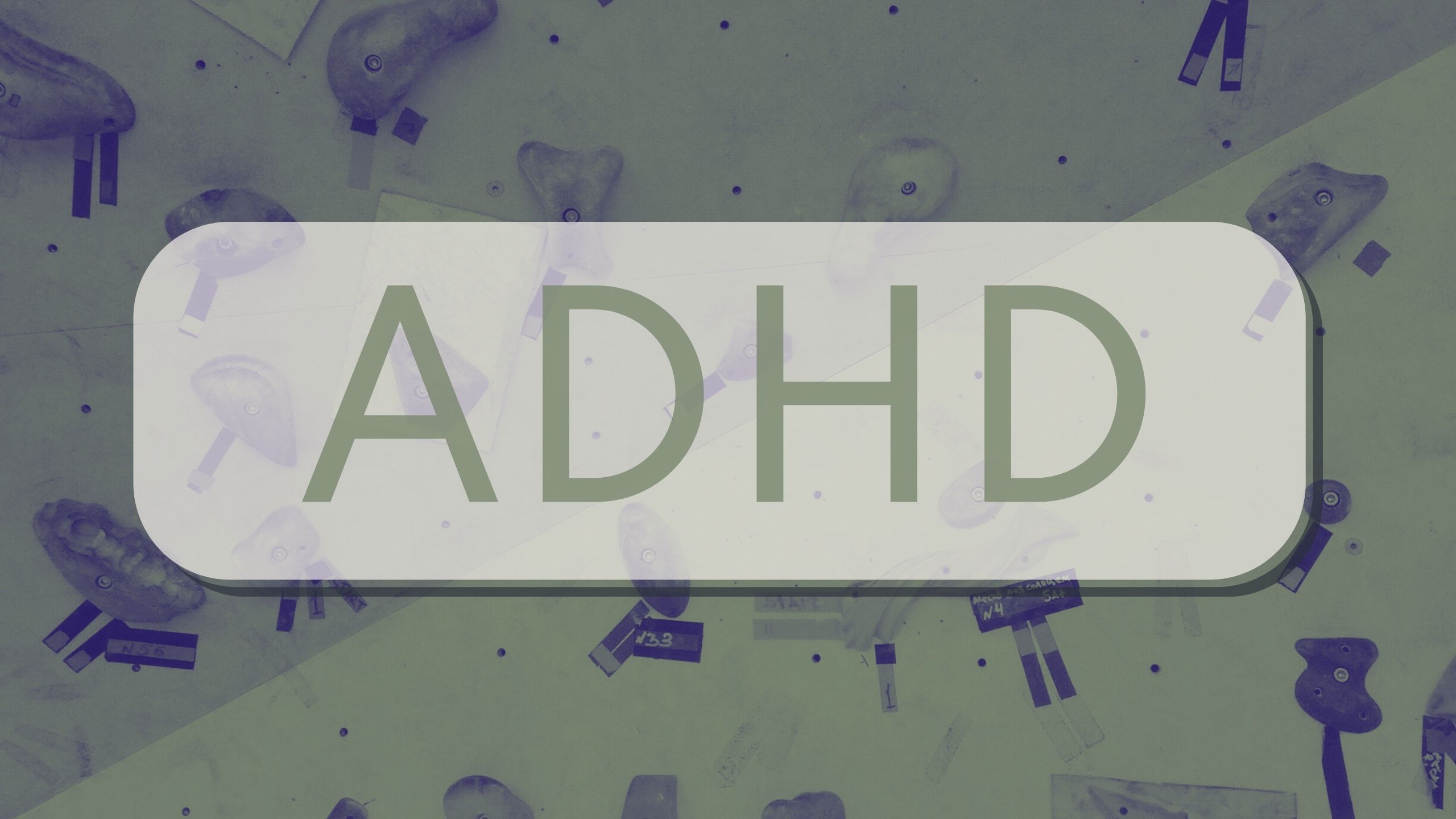
A Clinical Assessment of ADHD
Interview with Dr. Tony Meiners, PsyD :: Clinical Director
What is ADHD? How would you explain this condition to a patient or a loved one?
ADHD stands for Attention Deficit Hyperactivity Disorder. It’s a neurodevelopmental disorder that affects both children and adults. When explaining ADHD to a patient, I might describe it as a condition where individuals may have difficulty with:
- Attention: They might struggle to focus on tasks, get easily distracted, and have trouble sustaining attention, especially on tasks that are repetitive or require prolonged mental effort.
- Hyperactivity: Some individuals with ADHD may exhibit excessive fidgeting, restlessness, or impulsiveness. They may have difficulty sitting still for extended periods and often feel the need to move around.
- Impulsivity: This refers to acting quickly without thinking about the consequences. People with ADHD might blurt out answers, interrupt others, or have difficulty waiting their turn.
ADHD is a complex neurodevelopmental disorder involving multiple brain regions and neurotransmitter systems. The interplay between genetic predisposition, environmental factors, and brain development likely contributes to the heterogeneity of ADHD symptoms observed across individuals. I would also emphasize that ADHD is a medical condition, not a result of laziness or a lack of intelligence. It’s caused by differences in brain structure and function, particularly in areas related to attention, impulse control, and executive functioning.
Treatment for ADHD often involves a combination of medication, therapy, and lifestyle modifications. Medications like stimulants or non-stimulants can help improve attention and control symptoms. Therapy, such as cognitive-behavioral therapy (CBT), can teach coping strategies, organizational skills, and help manage impulsivity. Additionally, creating structured routines, breaking tasks into smaller steps, and minimizing distractions can also be beneficial.
It is important to note that although ADHD is often underdiagnosed, it is also very frequently over-diagnosed. For example, I have had many patients who come to me concerning ADHD symptoms. However, after an in-depth assessment, their history may show a bigger picture in which other contextual factors are simply causing inattentive/impulsive symptoms. The most common underlying diagnosis with ADHD-like symptoms that I see is trauma and/or stress-related disorders, such as PTSD. Traumatized individuals may present with ADHD symptoms due to unresolved trauma. If a clinician is not thorough in their assessment, they may end up with a traumatized client without legitimate ADHD taking a stimulant that can exacerbate symptoms.
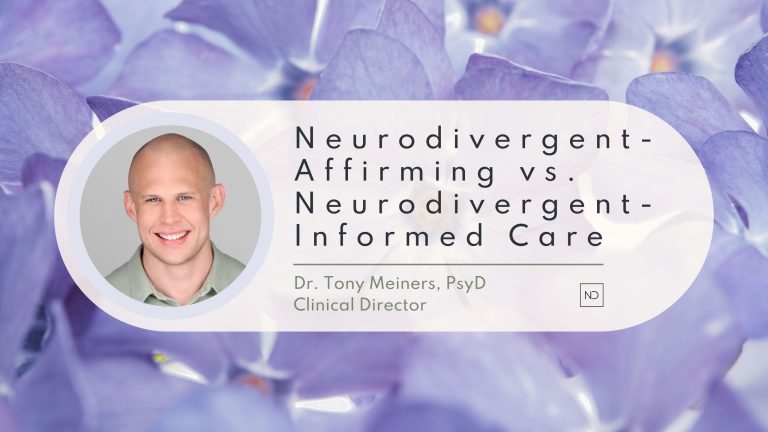
How often do people seek the help of a therapist for ADHD? Is it a common reason why people seek therapy?
There seems to be two main categories of people who seek therapy for ADHD related struggles. The first category is individuals who are diagnosed with ADHD and struggle to function in a neurotypical world. I always explain to my clients that their brains are not “broken.” The “dysfunction” that arises from ADHD is often when neurotypical societal standards are imposed on neurodivergent individuals. These clients benefit from executive functioning, narrative therapy around their relationship to ADHD and their struggles, and other talk therapy to decrease shame related to their disorder.
The other category of individuals that visit me for ADHD-related issues are those that are not previously diagnosed. These individuals tend to be stuck in a story of shame as they feel they are not capable of functioning, are “different” than everyone else and do not know why, and often feel as if they are not able to maintain jobs, relationships, etc. due to their struggles. In these cases, providing an individual who has gone undiagnosed with ADHD with a clear diagnosis can be an empowering experience to help them realize it is not their fault they are struggling. These individuals are able to seek medication management, therapy, and gain tools so that they feel they can take control of their life in a way that previously felt uncontrollable.
There are three types of ADHD: inattentive, hyperactive, and the combination type. How do you differentiate between them?
ADHD is commonly categorized into three subtypes based on the predominant symptoms observed:
- Predominantly Inattentive Presentation (ADHD-PI): Individuals with this subtype primarily struggle with inattention. They may have difficulty sustaining attention on tasks, organizing activities, and following through on instructions. They might seem forgetful, easily distracted, and prone to making careless mistakes. Hyperactivity and impulsivity are less pronounced in this subtype.
- Predominantly Hyperactive-Impulsive Presentation (ADHD-PH): This subtype is characterized by symptoms of hyperactivity-impulsivity without significant inattention. Individuals may fidget, squirm, or feel restless frequently. They might have difficulty staying seated, waiting their turn, or engaging in quiet activities. Impulsivity can manifest as speaking out of turn, interrupting others, or acting without considering consequences.
- Combined Presentation (ADHD-C): Individuals with the combined presentation exhibit symptoms of both inattention and hyperactivity-impulsivity. They may struggle with focus and organization while also being restless, impulsive, and prone to acting without thinking. This subtype is the most common presentation of ADHD, especially in children.
When differentiating between the subtypes, it’s essential to consider the specific symptoms and their impact on functioning across different settings (e.g., home, school, work). An individual must present with symptoms prior to the age of twelve and in at least two different settings. To meet criteria for inattentive presentation, adolescents must meet at least six of the criterion for inattention (five for adults). Hyperactive-impulsivity presentation requires similarly that adolescents meet at least 6 of the criterion (five for adults). Combined presentation simply means that an individual has met criteria for both inattentive and hyperactive-impulsivity.
A comprehensive assessment typically involves gathering information from multiple sources, including the individual, parents (for children), teachers, and other relevant caregivers. Additionally, standardized rating scales and clinical interviews can help clinicians identify the predominant symptoms and subtype of ADHD.
It’s important to note that ADHD symptoms can fluctuate over time and may present differently depending on developmental stage, environmental factors, and individual characteristics. Therefore, a thorough evaluation by a qualified healthcare professional is essential for an accurate diagnosis and appropriate treatment planning.
The Neurodivergent Collective works within the Neurodiversity Affirming Paradigm in all aspects of clinical work with clients. Given the nature of the medical model of diagnosis for mental health treatment, we acknowledge some language on this site reflect the medical model of frameworks. If you have questions about our treatment philosophy or practice, please let us know below.
Do you have a question?
Send us a message


